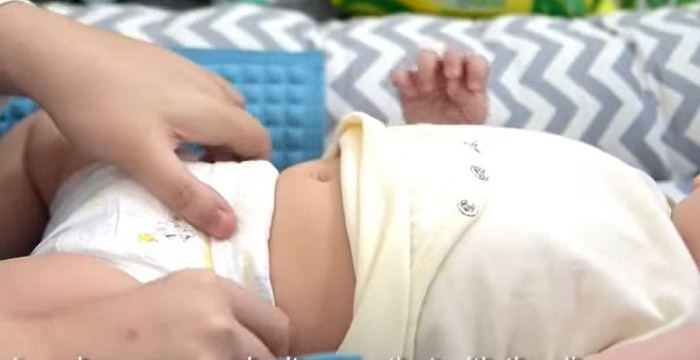
A baby's growth stage is not just one happy journey as it has its own share of road blockages. While every milestone reached by a baby is a high-point in any parent’s life, it comes with a number of challenges. In a newborn baby, the skin is often perfect in every sense. But overnight, something happens and you see redness and lesions taking over its once-perfect skin at the bottoms. Wonder what went wrong? Keep reading, we have got your back.
What is a baby yeast infection?
Your baby’s bums might suddenly get annoyed, leaving you clueless. This can be a problem caused by the diaper. When in contact with a baby's skin for too long amidst the chemicals and moisture of urine and stools, and it rubbing back and forth, a diaper rash is inevitable. The rash often becomes serious in form of yeast infection, if the diaper remains moist for long. Wet, dark and warm environments are perfect thriving ground for a yeast infection.
Baby yeast infection may appear as dark rashes that can bring pus in them. Yeast diaper rash is a result of yeast or candida that causes the rash. If not cured at early stage, this yeast infection can spread to other parts of the body and then the condition may acquire a severe status.
It is important to understand the causes and symptoms of baby yeast infection. Also remember, this infection is easily preventable with some basic and easy precautions. Scroll through the various causes, symptoms, treatments and prevention tips for baby yeast infection.

Image Credit: https://www.youtube.com/watch?v=wZh9HFcRJpw
How do baby yeast infection happen?
Yeast infection is caused when the yeast overgrows. Though yeast can be right there on the skin and other parts of the body but might stay dormant without any symptoms. However, moist, warm, dark environments or an existing diaper rash might be a solid ground for its growth. Yeast infections can also occur in skin folds around the neck, mouth or armpit.
How do I know if my baby has yeast infection? (What is the difference between a diaper rash and a yeast diaper rash?)
A yeast diaper rash is bound to make you pause and take a closer look. Why? You will easily be able to differentiate it from a diaper rash as yeast diaper rash looks much angrier, redder and with pimples or dots. The yeast diaper rash is likely to occur in the buttocks, folds of legs or genitals unlike diaper rash that is likely to occur on the vulva or smoother surface of the bums. Diaper rash and yeast rash can both be painful however; yeast rash is itchier comparatively.
What Causes Baby Yeast Infection?
Dirty Diapers
One of the very common thriving places of candida yeast is dirty diaper. Dirty diaper can cause feces and urine to rest against the skin, hence posing more risk of yeast infection. You can spot candida diaper rash by its scaly and red appearance. It can also cause small pimple-like bumps.
Antibiotics
Both breastfeeding mother, who is taking antibiotics, and infant, who is on prescription of antibiotics are at greater risk of developing yeast infection. Healthy bacteria in the body check the growth of yeast infection, but as the antibiotics kill the good bacteria, yeast tend to thrive and grow exponentially.
Thrush
Thrush is caused by yeast infection in the mouth. During delivery, a baby has to travel through the birth canal, where it gets exposed to yeast and develops thrush shortly after birth. Breastfeeding can also cause thrush in a baby. This yeast infection can repeatedly transfer between mother and baby.
Tight Diapers
Tight-fitting diapers on infants can prevent airflow hence excessively warming the baby. This warm atmosphere promotes the growth of microorganisms, including yeast.
Reaction to New Diaper or Baby Wipes
Yeast infection can occur when you try a different brand of diapers or baby wipes that might not suit your teeny-weeny.
Are baby yeast infections common?
The answer to that is YES. Yeast infections can affect anyone be it infants or adults. But infants are more susceptible to yeast infections and it is very common for them to develop yeast infections. These can be easily treated with antifungal cream and also be prevented by simple care.
Can diapers give yeast infection?
Oh Yes. Wet and warm diaper area serves as the best place for the yeast infection to grow. A harmless amount of candida is present on and inside our bodies. However, infants are more susceptible to yeast infections as the moist diaper area becomes the best friend of yeast, helping it to thrive.
What are the signs of Yeast Infection? (Symptoms of Yeast Infection)
During the initial phase, it is difficult to recognize a yeast infection. It is only after a considerable amount of time that the yeast lesions become more evident and appear very red. In girls, the body parts such as the labia, vaginal opening, perineum and rectum turn bright red. In case of boys, they may have redness on the penis, scrotum, perineum and rectum.
The area affected by yeast rash and its surrounding appears scaly. In an infant, it can cause white pattern on skin that appears to get peeled off easily.
Another common sign of yeast infection is the gray-white coating on the tongue, gums and inside cheeks. It will be hard to wipe off this coating. Though oral thrush is rare, it may be severe and painful for the baby.
If not treated properly, the yeast infections can become more severe and take the shape of pimples, fluid-filled blisters, open wounds, large bumps or pus-filled sores.
Can yeast infection harm my baby?
Yeast infections are common in babies. Sometimes they need medical treatment and if left unattended they can make your baby fussy and uncomfortable with inflammation, redness and itching, but they are surely treatable. Various yeast go away with oral antifungal medications or antifungal creams.
In few cases what might seem as a yeast rash can be a bacterial infection. In order to avoid further complications, these might need antibiotics.
How do I prevent yeast rash on my baby?
- In case the breastfeeding mother is the cause of passing Candida from her body to the baby, the mother should eat plenty of yogurt and garlic. Eating these can curb the amount of yeast she can pass to her infant. Avoid dairy products for a couple of weeks and eliminate sugar from the diet to prevent further yeast infections in the baby.
- To prevent diaper rash, avoid using baby wipes containing alcohol. Instead opt for warm water and a soft washcloth. Using a mild soap that does not contain any antibacterial ingredients can also be helpful. Washing and drying the baby's diaper area gently can be really effective in preventing further growth.
- Make sure you change the diaper at the first sign of wetness or a bowel movement. Before putting on a new diaper, thoroughly clean and dry the area. In case there is chafing, you may consider changing to a different type of diaper or applying an ointment to the area.
- Give diaper cream a shot. Diaper creams help in protecting your baby’s skin as they serve as a barrier from stool and urine that can cause irritation and rash on your baby’s skin.
- Give your baby some diaper-free time so that its bottoms are well aerated. Diapers do not allow the area to be well-aerated, since they are waterproof. As such, even when urine is not present, the conditions inside the diaper have enough moisture to contribute to yeast overgrowth.
Easy home remedies to treat yeast infection
Tea Tree Oil
Application of tea tree oil is a great way for treating diaper rash in babies. Take a cotton swab and apply it on the affected area. The antifungal properties of the oil would help treat the yeast infection.
Apple Cider Vinegar
Apple cider vinegar can be used for treating diaper rash. Its application is same as that is followed in tea tree oil. It helps in preventing the growth of yeast and also kills the bacteria that aggravate the rash. If you want to use this remedy then mix one part of apple cider vinegar to three parts of water. Use your fingers or a soft cloth to dab this mixture on the diaper rash. As apple cider vinegar can dry the skin, we advise you to use it only on the infected area and use coconut oil to maintain the moisture of the skin thereafter.
However, if you are using apple cider vinegar to treat thrush, dilute it with water and swab the tongue and insides of the baby's mouth with it using cotton.
Yoghurt
If the baby is suffering from thrush, give it a small spoonful of plain yoghurt every hour. However, you need to consult your paediatric before giving diary product to babies who are not twelve months old.
Note: Natural and home remedies do help in treating yeast infections but it also depends on the growth of the infection. Natural not necessarily means safe always. It is advised that before you opt for any home or natural remedies, you should consult your doctor. If your doctor approves the same, make sure you dilute the products well.
Does Antifungal Cream Help In Treating Yeast Infections?
Yes, antifungal creams help in treating yeast infections. You can choose an antifungal cream for your baby's yeast infection. These creams can be purchased over the counter but it is advisable to consult your doctor before using yeast or antifungal cream. Your doctor will be able to guide you better about how often, when and how long to apply these creams.
How long does it take for baby's yeast infection to go away?
In case of a diaper rash, you will be able to see signs of improvement within two to three days of treatment. However, in case of yeast infection, as yeast is a living organism that needs to be killed, it can take a couple of weeks or more to heal depending upon its growth. You will be able to make out when your baby has healed as the rash will disappear after appropriate treatment.
It is advised that you should consult your paediatric if you find that the rash is getting worse with treatment, has become painful and persists for a long time.
When to reach a doctor?
If your baby’s rash shows signs of infection, your baby has fever with the rash or your baby becomes fussy and cranky, you should immediately consult your paediatric. A yeast diaper rash in extreme cases can travel to other parts of body. This needs to be immediately attended by a doctor. Your doctor will be able to guide you better about the treatment and help ease the pain. This will result in faster healing and the smile that melts your heart will return sooner.
Conclusion
Parenting is one roller coaster ride. As parents we need to be on our toes. This does not mean that you are supposed to press the panic button, but yes, you should surely be alert and attentive. Usually diaper rashes may lead to yeast infections and in comparison to a diaper rash, treating yeast infection can be a bit more difficult. Yeast infections though take more time but can be treated at home, however, you need to reach out to your doctor if your bundle of joy has thrush, is in pain or if you notice that the rash is coming and going. Whatever the case maybe, yeast infections need your immediate attention and treatment so as to avoid aggravated pain and fussiness of your munchkin. Still having goosebumps? Relax. Some precautions, some preventions and some protection are sure to clear it up! Happy Parenting..
Article Source:
Sources: https://www.healthline.com/health/parenting/yeast-diaper-rash#seeking-help
https://www.thebump.com/a/yeast-diaper-rash
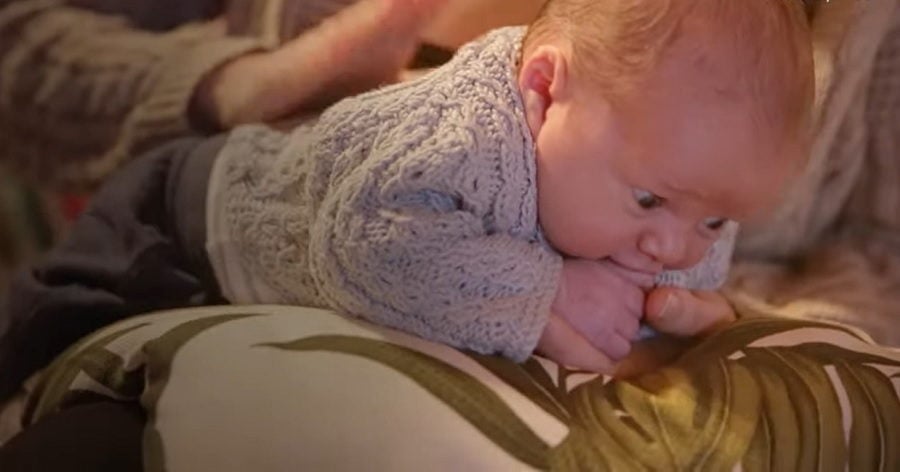 Step-By-Step Guide To Burp Your Baby: How and When?
Step-By-Step Guide To Burp Your Baby: How and When?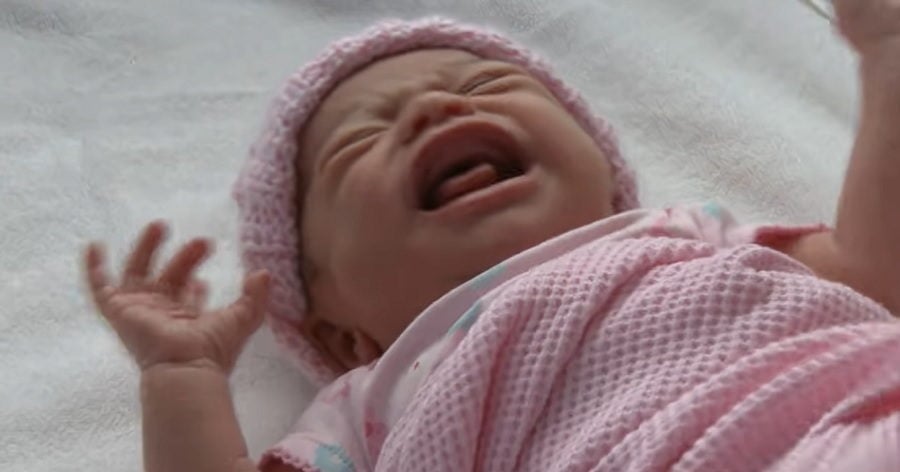 Excessively Crying Baby: Reasons & Remedies to Comfort Your Infant
Excessively Crying Baby: Reasons & Remedies to Comfort Your Infant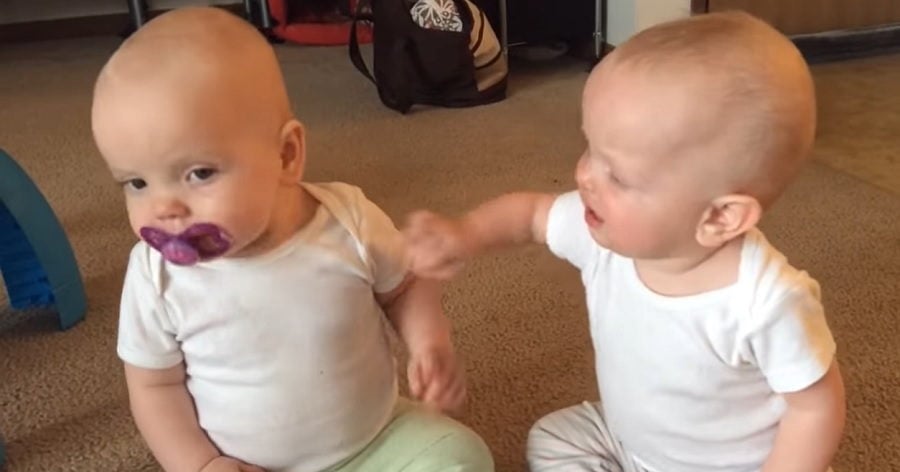 Baby Pacifiers Guide: Advantages, Disadvantages And How To Wean The Baby From A Pacifier
Baby Pacifiers Guide: Advantages, Disadvantages And How To Wean The Baby From A Pacifier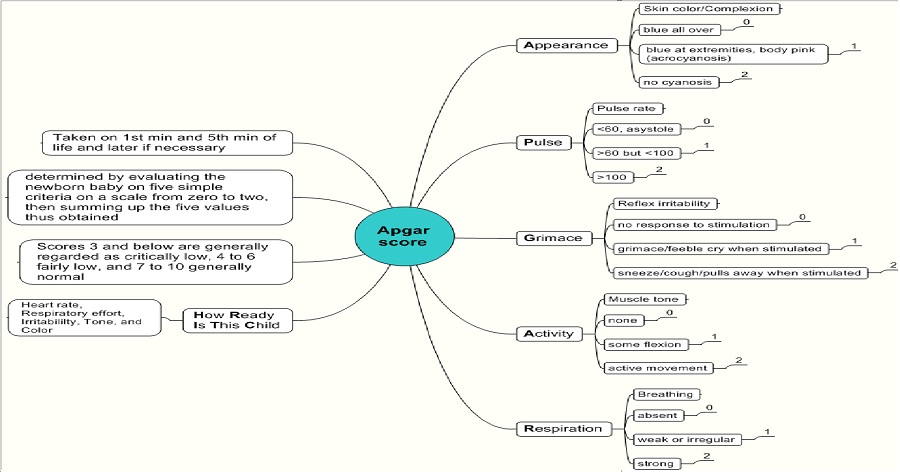 APGAR Score
APGAR Score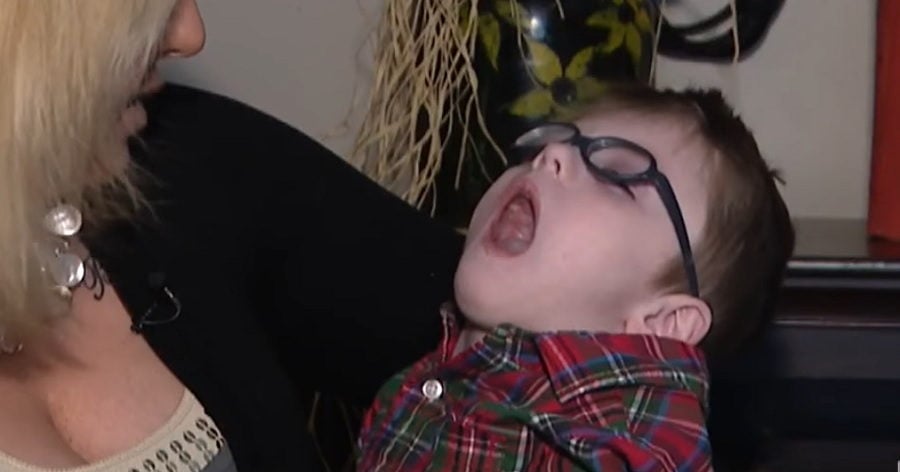 Shaken Baby Syndrome
Shaken Baby Syndrome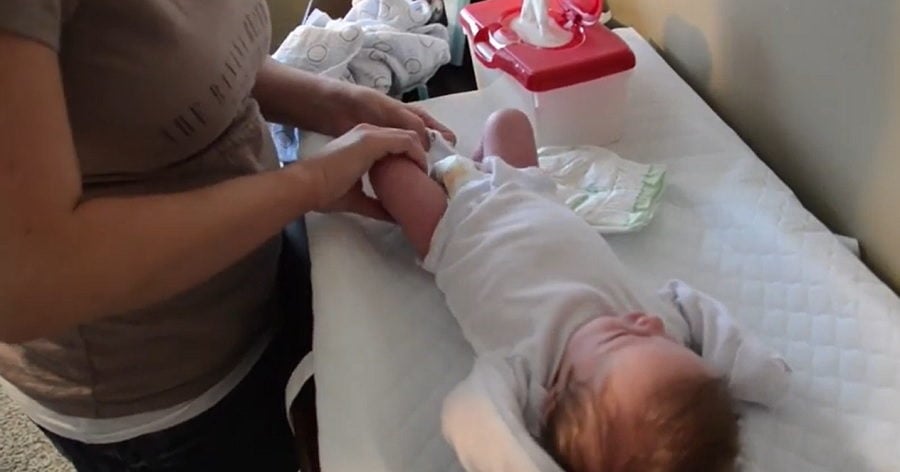 Types of Diaper Rash: Tips & Home Remedies To Treat Nappy Rash Naturally
Types of Diaper Rash: Tips & Home Remedies To Treat Nappy Rash Naturally A Step-By-Step Guide on Infant Sleep Training: Baby Sleep Methods, Sleep Schedule & Sleep Position
A Step-By-Step Guide on Infant Sleep Training: Baby Sleep Methods, Sleep Schedule & Sleep Position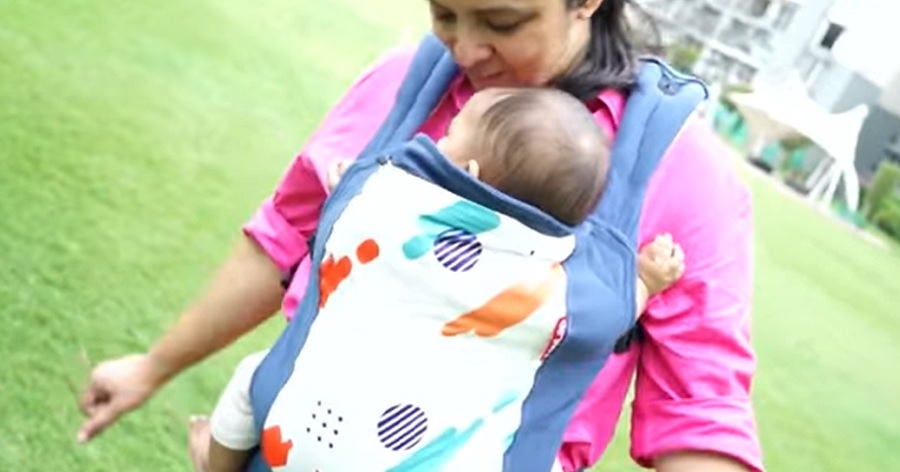 Baby Safety Products
Baby Safety Products